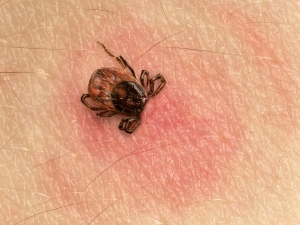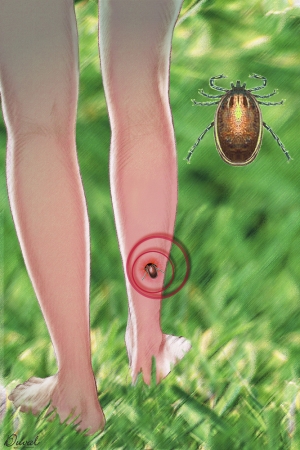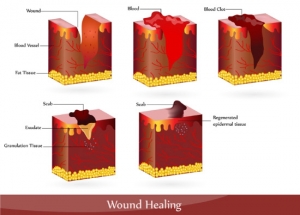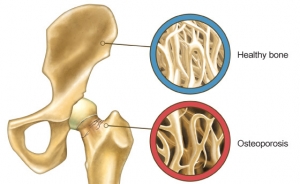Elijah Artman
Air pollution is one of the most serious environmental problems in today’s world. Except for occasional natural events such as volcanic eruptions and wildfires, human activities are the sole contributor for the disastrous levels of particulate matter that is present in the air. Air pollution is the presence of excessive biological or chemical compounds in the air due to many things such as transportation, industrialization, agriculture, dust, household energy consumption, waste production and so on. Ozone emission is a major part of air pollution in cities and creates smog. In general, a modern life style and urbanization has resulted in more than 91% of the world’s population living in places where the air quality is detrimental to health.
In August 2018, a jury in California awarded $289 million to a cancer patient whose cancer was caused by the Monsanto weed killer Roundup. Monsanto (an agro-giant, now part of the pharmaceutical company Bayer) has spent years claiming that their glyphosate-based herbicides are safe for humans. This court case also revealed that Monsanto knew and concealed the carcinogenic effects of this herbicide. For decades, researchers have warned about the cancer causing potential of glyphosate, however, there was no consensus until now. In 2015, the International Agency of Research on Cancer (IARC), a branch of the World Health Organization (WHO), concluded that glyphosate has a substantial potential to cause non-Hodgkin’s Lymphoma in humans. Yet, the US Environmental Protection Agency (EPA) presently allows 50 times more glyphosate on corn crops than they did in 1996.
In a recent clinical trial involving 183 pregnant women in the Netherlands, the drug sildenafil (also sold under the trade name-Viagra) was tested to increase blood flow to the placenta and improve growth of unborn babies. This was supposed to be a groundbreaking trial to help the babies who were not growing properly in the womb. The theory behind this clinical trial was that Viagra would help dilate the placental blood vessels, increase the size of the placenta, and thus increase the blood supply to the fetus and its development.
Hemangiomas are the most common birth defect involving malformations of blood vessels leading to benign tumors in infants and children. Approximately 4-10% of infants are born with at least one hemangioma. A recent increase in the incidence of hemangiomas in the United States is found to be linked with the increase in the frequency of low birth weight infants. More frequently seen in Caucasians than African Americans or Asians, the hemangiomas are five times more common in females than males.
With the approaching summer season, we discussed some aspects of vector borne diseases mainly, Lyme disease in the last section of the Health Science News Page. Lyme disease (LD) was first widely recognized in 1975 by Old Lyme in Connecticut, USA, and today it results in approximately 30,000 cases per year in the USA and 65-80,000 cases in Europe. However due to misdiagnoses and underreporting, it is thought that the actual number of Lyme disease cases could be close to 300,000. And recently the Centers for Disease Control and Prevention (CDC) reported that the insect borne diseases have tripled in the last decade.
According to a recent report published by the Centers for Disease Control and Prevention (CDC), insect-borne diseases in the US have tripled over a period from 2004 through 2016. Ticks, mosquitoes, and fleas are the most common carriers of diseases. These types of biting insects are referred to as vectors. Since 2004, nine additional insect-borne diseases were discovered in the USA. With worldwide weather patterns changing, the longer hotter summer seasons are thought to be one of the leading causes of the increase in vector-borne diseases. Warm weather influences the breeding habits as well as the expansion of the territories of mosquitoes, ticks, and fleas. Additionally, increased intercontinental travel and reforestation of suburban areas expose more people to insects and wildlife carrying these vectors.
Healthy skin is the first barrier to prevent any wounds and it is the crucial component in would repair. The skin is the largest organ in the body and it is a mirror of the health of the body’s internal organs. In addition to protection of inner tissue structures, the skin helps in regulation of body temperature and elimination of metabolic waste products.
It is estimated that 6.5 million people in the US struggle with slow wound healing because of various reasons which include diabetes, obesity, and long-term disability such as stroke, spinal cord injury, and multiple sclerosis.
Everybody has experienced wounds either after an injury or surgery and most of the wounds heal naturally in an otherwise healthy person. A wound that does not heal or does not show signs of healing after two weeks is considered a slow-healing or a chronic wound and requires special care from a wound care facility to prevent infection and further complications and to accelerate the recovery process.
Bone fractures are one of the most painful injuries and require a lengthy recovery time. Everyone is at an equal risk of breaking a bone either from a fall, sports activities, or a car accident. However, bone fractures are more common and take longer to heal in people suffering from osteoporosis.
The most common bone fracture, especially in active adults and children, is a broken leg and often involves a tibial (or shinbone) fracture. In the US, approximately 492,000 tibial fractures are reported every year resulting in close to 400,000 hospital days. The usual time for healing a tibial fracture could be as long as 12 to 16 weeks. This is due to a high incidence of complications requiring strong painkillers for the patient.
It is a popular perception that calcium and vitamin D are essential nutrients for healthy bones. However, few people are aware that bone health largely depends on its protein foundation – the collagen fibers. The alignment of collagen fibers within the bone (its “internal skeleton”) determine how calcium and other minerals are deposited, and therefore healthy collagen is the basis of the strength and stability of the entire bone.









